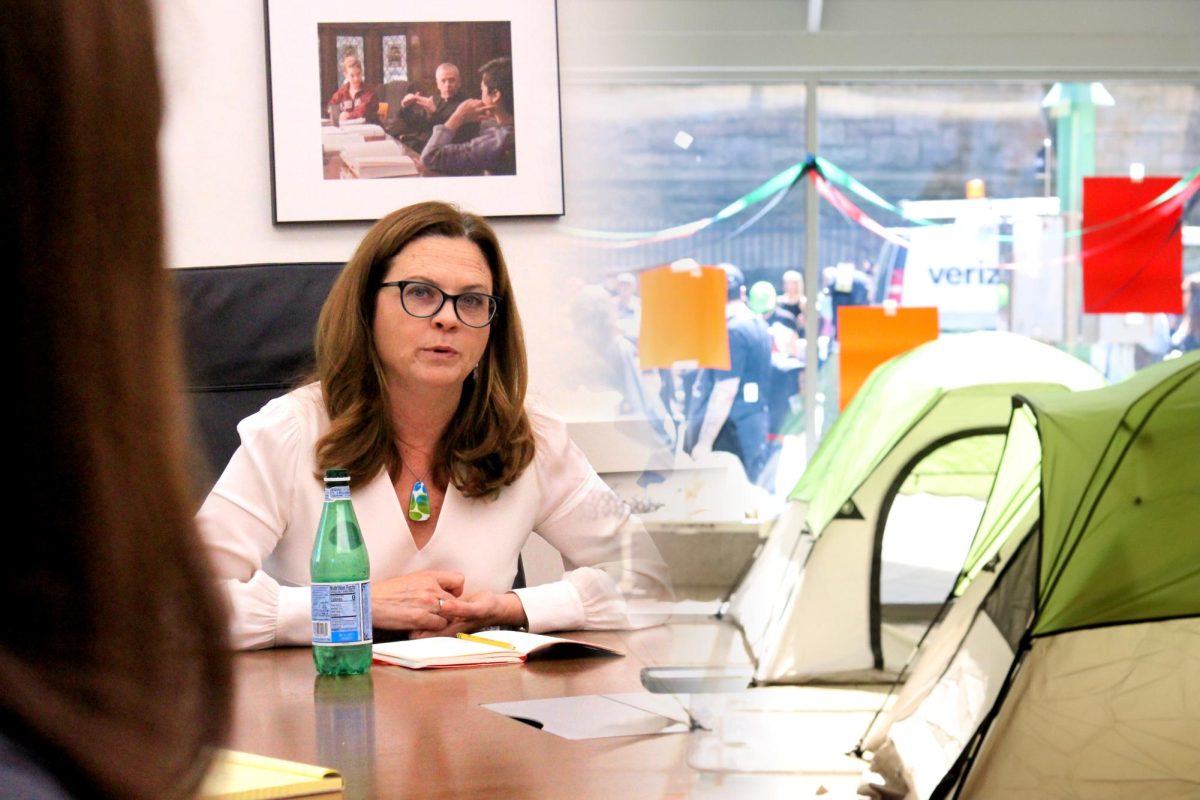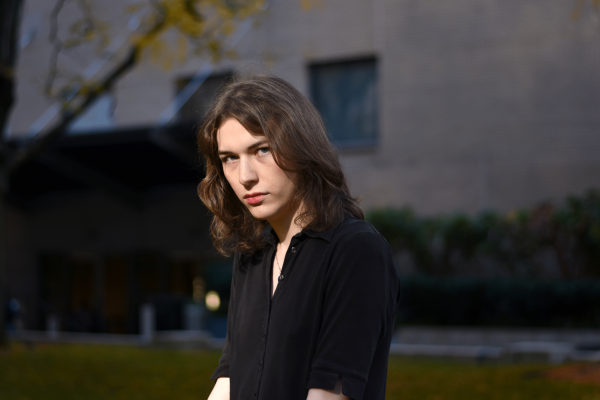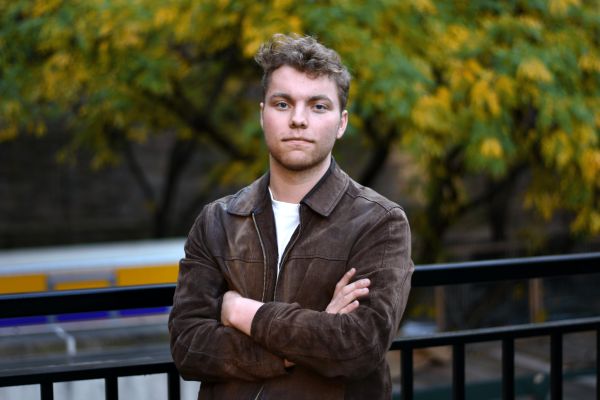Fordham University changed after approximately 45 individuals organized an encampment-style protest on May 1 in the Leon Lowenstein Center lobby at the Lincoln Center campus.
Fordham Public Safety’s request for the New York Police Department (NYPD) to arrest 11 undergraduate students and four alumni disturbed some students’ opinion of the university.
Manon McCollum, Fordham College at Lincoln Center ’24, was arrested at the encampment. He said although he always distrusted Fordham’s administration, his relationship with the university was irreparably changed after they called for his arrest.
“I do not have a very high opinion of Fordham after being arrested and then graduating,” McCollum said.
He said he was disappointed by how the school’s administration treated him following his arrest, as McCollum was barred from participating in senior week events. He said he was “unceremoniously dumped into graduation with so many of my events being cut.”
On the morning of the protests, according to surveillance camera footage analyzed by The Fordham Observer, protestors entered the Leon Lowenstein lobby shortly before 8 a.m.
No members of the group appeared to scan Fordham IDs as they entered the building and pitched tents, unfurled banners and lead chants.
NYPD officers arrived at Fordham before 10 a.m. and prevented movement in or out of the Lowenstein Center lobby. Almost three hours after protestors first entered the lobby, Fordham Public Safety issued a RamSafe alert announcing the closure of the Lowenstein Center’s entrance.
According to Trerotola, Michele Burris, vice president for student affairs told the protestors “that the encampment was unauthorized and not in accordance with the university code of conduct and policies.”
At around 4:50 p.m., NYPD officers in riot gear arrived and barricaded themselves in between outside protestors and the entrance.
In the days following the protest, Michael R. Trerotola, the president’s chief of staff, wrote in an email that the protestors were not authorized to host a demonstration by student affairs.
According to Trerotola, Michele Burris, vice president for student affairs told the protestors “that the encampment was unauthorized and not in accordance with the university code of conduct and policies.”
The student handbook on the university’s website reads that students are disbarred from gathering “in such a fashion as to physically hinder entrances to, exits from, or passageways within any university building or other structure.” Fordham administrators determined the encampment to be in violation of this policy.
“We draw the line at intrusions into a classroom building. Especially by people who are not members of our community.” Tania Tetlow, University President
Dozens of those who initially entered the encampment eventually chose to leave. Conversations between members of Campus Ministry and student organizers facilitated an agreement to allow some protestors to leave the building.
That day, University President Tania Tetlow sent an email to the Fordham community.
“We draw the line at intrusions into a classroom building,” she wrote. “Especially by people who are not members of our community.”
On Sept. 16, Tetlow held a press conference with the undergraduate newspapers from the university’s two campuses. She highlighted the change in the demonstration policy regarding the encampment.
“Student Affairs worked with the Faculty Senate to take a look at the demonstration policy, which I think most universities in the country spent some time doing this summer, and the Senate helped us continue to make it better,” Tetlow said.
Fordham University policy requires demonstrators to reserve space for demonstrations — as well as coordinate their activities with the Dean of Students.
Tetlow urged students to properly go through the process of protesting on school grounds. She said that in the past 30 years, every request to protest on campus grounds was accepted.
Additional reporting by William Lee




